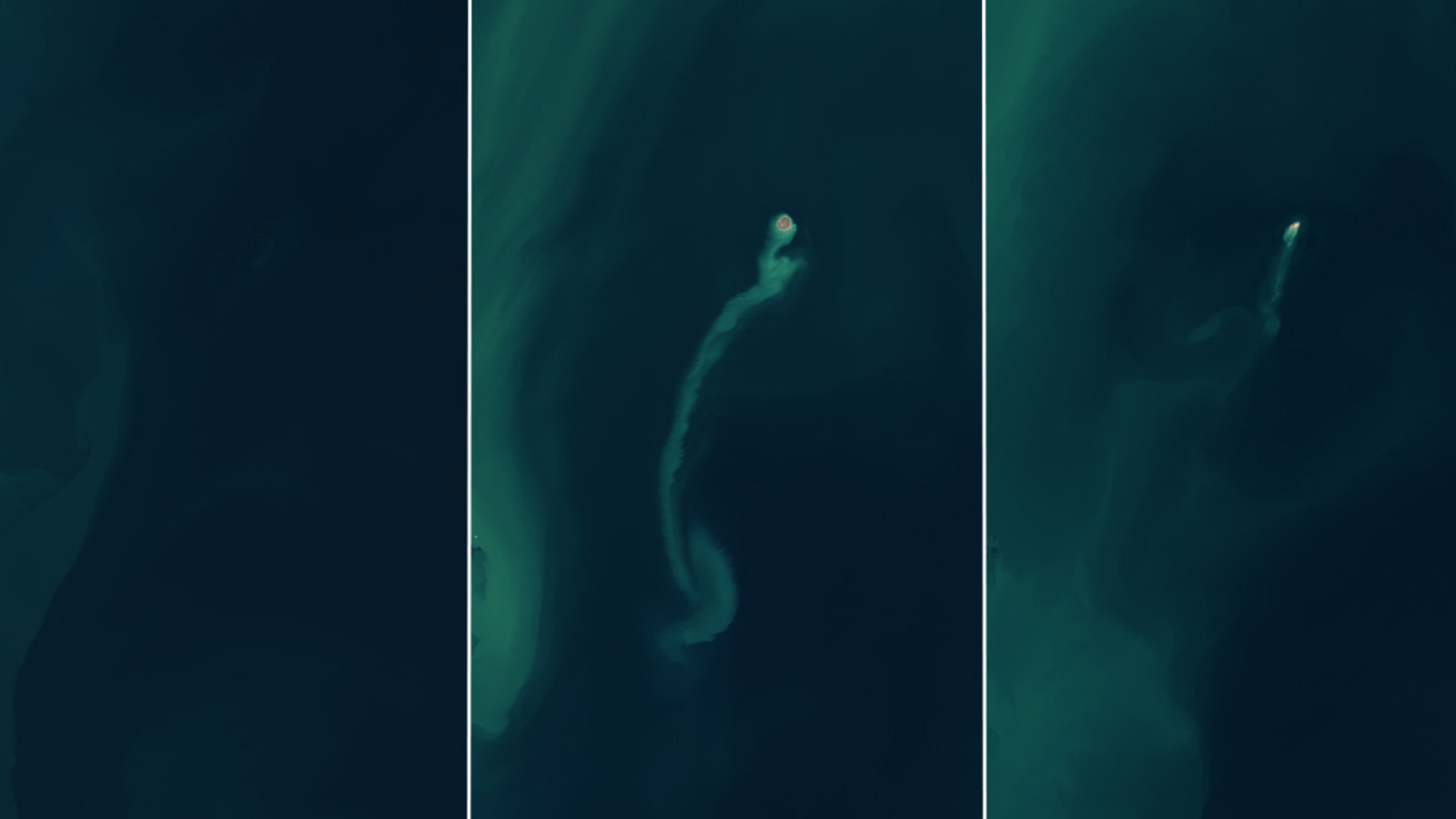The Milky Way wasn't always a spiral —and astronomers may finally know why it 'shape-shifted'
A century-old mystery of how galaxies change shapes has been solved by considering 'survival of the fittest' collisions between cosmic titans.
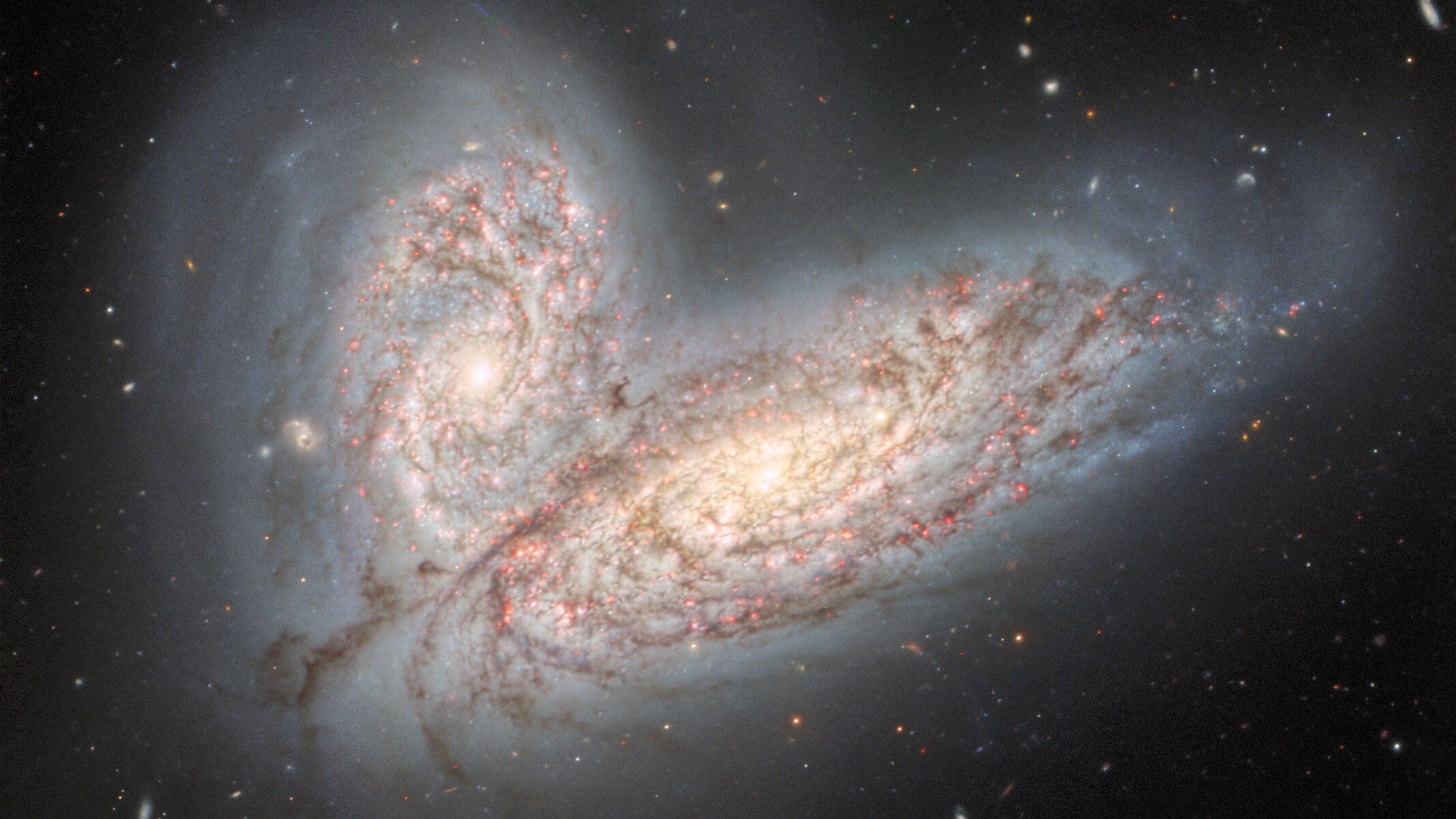
A 100-year-old mystery surrounding the "shape-shifting" nature of some galaxies has been solved, revealing in the process that our Milky Way galaxy did not always possess its familiar spiral appearance.
Astronomer Alister Graham used old and new observations to show how the evolution of galaxies from one shape to another takes place — a process known as galactic speciation . The research shows that clashes and subsequent mergers between galaxies are a form of "natural selection" that drives the process of cosmic evolution.
This means that the Milky Way's history of cosmic violence is not unique to our home galaxy. Nor is it over. "It's survival of the fittest out there," Graham said in a statement. "Astronomy now has a new anatomy sequence and finally an evolutionary sequence in which galaxy speciation is seen to occur through the inevitable marriage of galaxies ordained by gravity."
Related: Repeated signals from the center of the Milky Way could be aliens saying hello, new study claims
Galaxies come in an array of shapes. Some, like the Milky Way, are composed of arms of well-ordered stars revolving in a spiral shape around a central concentration or "bulge" of stellar bodies. Other galaxies like Messier 87 (M87) are composed of an ellipse of billions of stars chaotically buzzing around a disordered central concentration.
Since the 1920s, astronomers have classified galaxies based on a sequence of varying galaxy anatomy called the "Hubble sequence." Spiral galaxies like ours sit at one end of this sequence, while elliptical galaxies like M87 sit at the other. Bridging the gap between the two are elongated sphere-shaped galaxies, lacking spiral arms, called lenticular galaxies.
But what this widely-used system has lacked until now were the evolutionary paths that link one galaxy shape to another.
Get the world’s most fascinating discoveries delivered straight to your inbox.
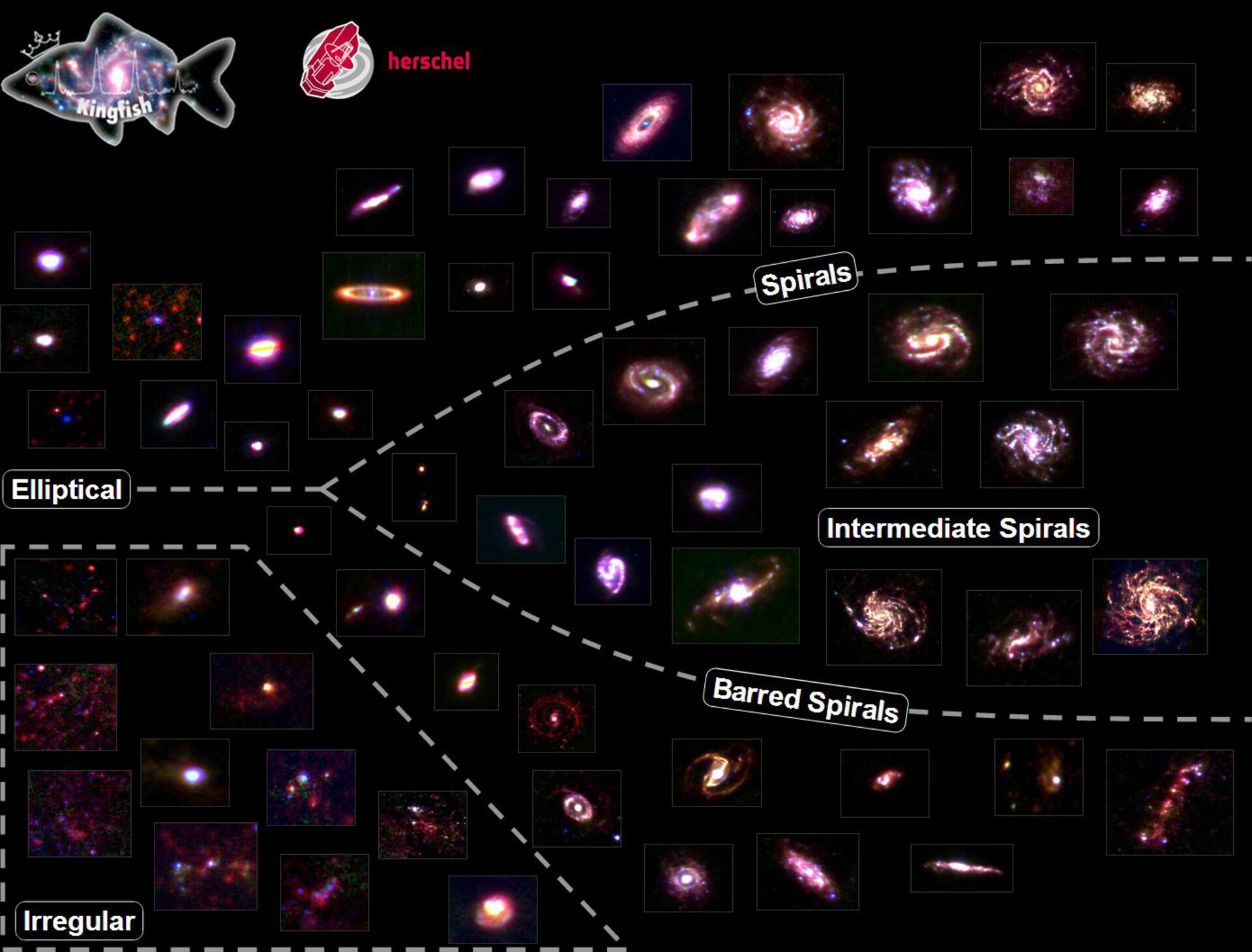
Reshaping galactic evolution
To cleave out evolutionary paths on the Hubble sequence, Graham looked at 100 galaxies near to the Milky Way in optical light images collected by the Hubble Space Telescope and compared them to infrared images from the Spitzer Space Telescope. This allowed him to compare the mass of all the stars in each galaxy to the mass of their central supermassive black holes.
This revealed the existence of two different types of bridging lenticular galaxies: One version that is old and lacks dust, and the other that is young and rich in dust.
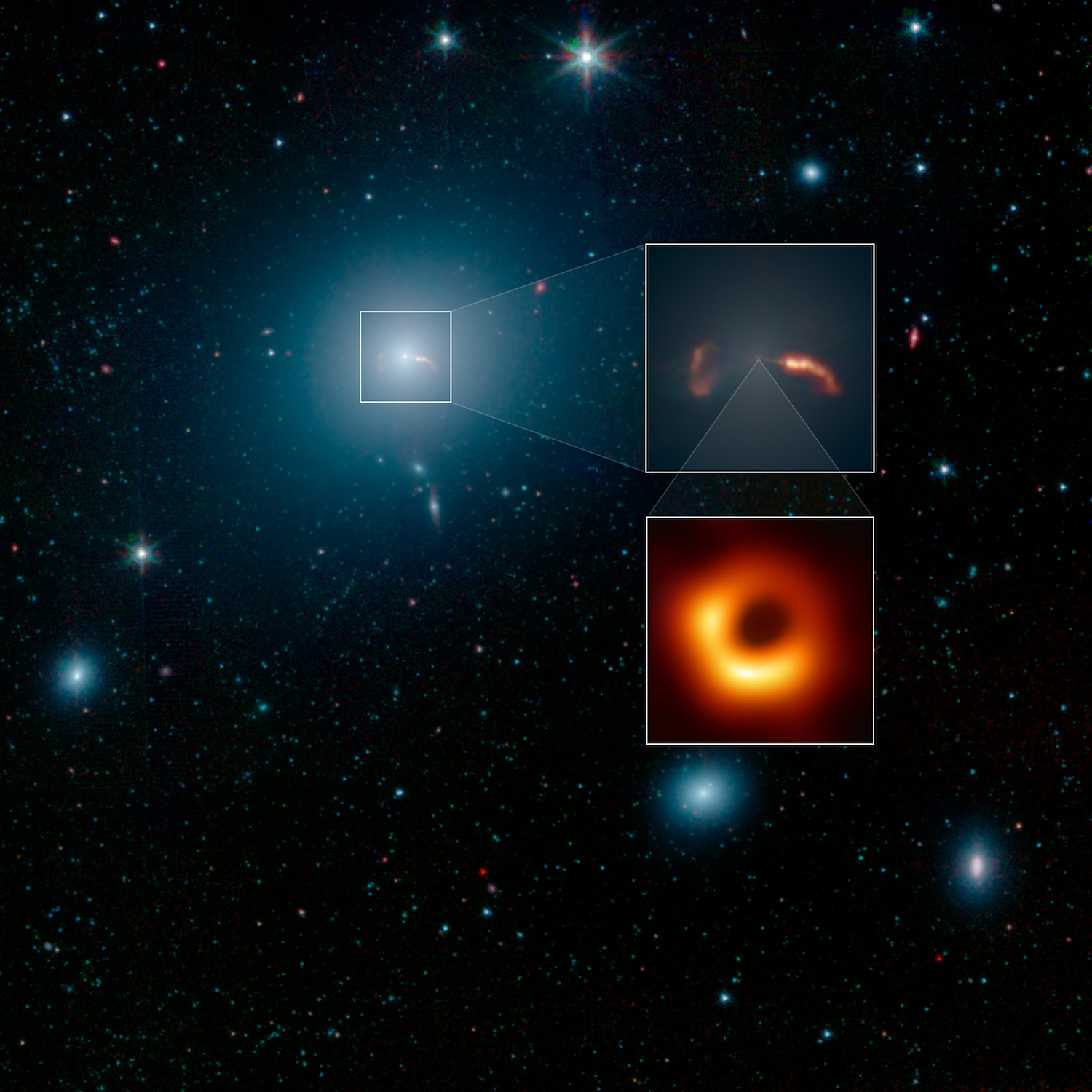
When dust-poor galaxies accrete gas, dust, and other matter, the disk that surrounds their central region is disrupted, with said disruption creating a spiral pattern radiating out from their hearts. This creates spiral arms, which are over-dense rotating regions that create gas clumps as they turn, triggering collapse and star formation.
The dust-rich lenticular galaxies, on the other hand, are created when spiral galaxies collide and merge. This is indicated by the fact that spiral galaxies have a small central spheroid with extending spiral arms of stars, gas and dust. Young and dusty lenticular galaxies have notably more prominent spheroids and black holes than spiral galaxies and dust-poor lenticular galaxies.
The surprising upshot of this is the conclusion that spiral galaxies like the Milky Way actually lie between dust-rich and dust-poor lenticular galaxies on the Hubble sequence.
"Things fell into place once it was recognized that the lenticular galaxies are not the single bridging population they were long portrayed as," Graham explained. "This re-draws our much-loved galaxy sequence, and, importantly, we now see the evolutionary pathways through a galaxy wedding sequence, or what business might refer to as acquisitions and mergers."
A history of cosmic acquisitions and mergers
The history of the Milky Way is believed to be punctuated with a series of "cannibalistic" events in which it devoured smaller surrounding satellite galaxies to grow.
This research indicates that in addition to this, our galaxy's cosmic "acquisitions" also included it accreting other material and gradually transforming from a dust-poor lenticular galaxy to the spiral galaxy we know today.
Our galaxy is set for a dramatic merger with its closest large galactic neighbor, the Andromeda galaxy, in between 4 billion and 6 billion years. This collision and merger will see the spiral arm pattern of both galaxies erased and the new research indicates that the daughter galaxy created by this union is likely to be a dust-rich lenticular galaxy still possessing a disk, albeit without a spiral structure carved through it.
Should the Milky Way-Andromeda daughter galaxy encounter a third, dust-rich lenticular galaxy and merge with it, then the disk-like aspects of both galaxies will also be wiped clean. This would create an elliptical-shaped galaxy without the ability to harbor cold gas and dust clouds.
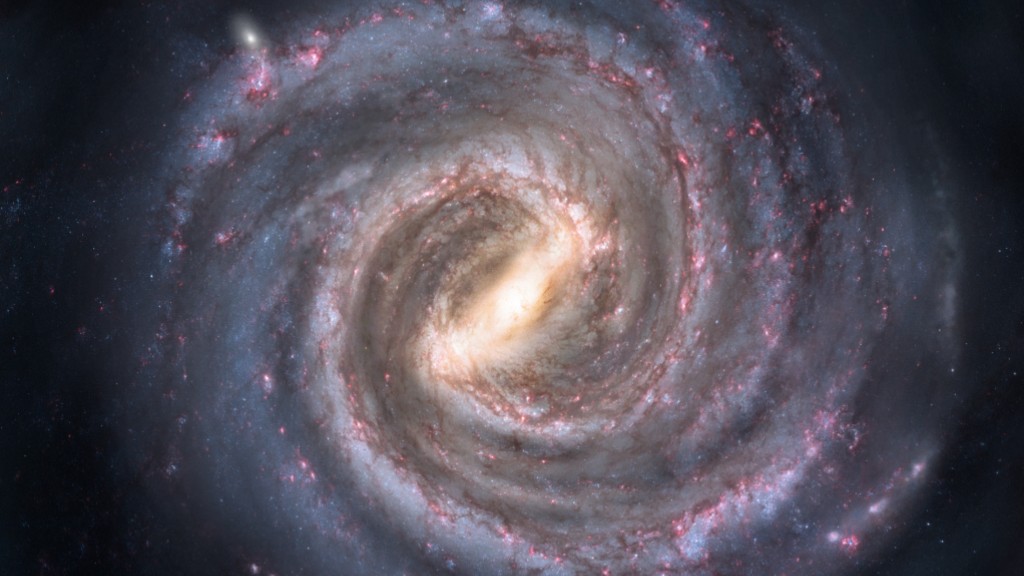
Just as this new galaxy will carry the story of its evolution for astronomers in the far-future, the dust-poor lenticular galaxies could serve as fossil records of the processes that transformed old and common disk-dominated galaxies in the early universe.
This could help explain the discovery by the James Webb Space Telescope (JWST) of a massive spheroid-dominated galaxy just 700 million years after the Big Bang. The new research could indicate, too, that the merging of elliptical galaxies is a process that could explain the existence of some of the universe's most massive galaxies, which sit at the heart of clusters of over 1,000 galaxies.
Graham's research is published in the journal Monthly Notices of the Royal Astronomical Society.
Robert Lea is a science journalist in the U.K. who specializes in science, space, physics, astronomy, astrophysics, cosmology, quantum mechanics and technology. Rob's articles have been published in Physics World, New Scientist, Astronomy Magazine, All About Space and ZME Science. He also writes about science communication for Elsevier and the European Journal of Physics. Rob holds a bachelor of science degree in physics and astronomy from the U.K.’s Open University


